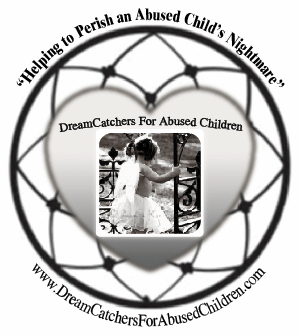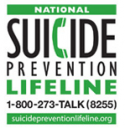5 Tips to Prevent Child Abduction
 National Missing Children’s Day is May 25. News of abducted children frightens us all, but there are precautions we can take to protect our kids. Child safety is a team effort between parents, caregivers, attentive adults and the children themselves. Consider these steps to improve your child’s safety:
National Missing Children’s Day is May 25. News of abducted children frightens us all, but there are precautions we can take to protect our kids. Child safety is a team effort between parents, caregivers, attentive adults and the children themselves. Consider these steps to improve your child’s safety:
Talk to Your Kids
Talk to your kids about potentially dangerous people and situations. Don’t wait for the “perfect moment;” instead, choose casual moments, such as dinner or during an evening walk, to have these discussions. According to the National Crime Prevention Council, Take 25 is a national safety initiative formed to help prevent child abductions. The idea is to take 25 minutes to talk to children, neighbors and friends about child safety. Visit NCPC.org or Take25.org to learn more about organizing a Take 25 rally to raise awareness in your community.
Teach Home Safety
Being safe at home goes beyond staying away from sharp objects and the stove. Teach children to keep the door locked and to answer it only for people they know. If you have a security system, teach your child how to use it. Many systems go beyond burglary prevention and offer monitoring packages that include sensors designed to detect fire, freezing and flooding, according to SecurityCompanies.com. Others allow remote access, meaning you can check in on your kids from your smartphone, laptop or tablet.
Take Precautions Online
Children should never give out their personal information online. Strict privacy settings help, but all it takes is a “copy paste” for private information to become public. Children shouldn’t arrange a face-to-face meeting with someone they’ve met online, either. A friendly “13-year-old girl” could be a 50-year-old sex offender or a 30-year-old identity thief.
Keep Pictures and Records Current
Have a photo taken of your child every six months and check to see if your local police department endorses a fingerprinting program for children—this would aid in potential search efforts. You can also use a personal identification kit at home; the McGruff Safe Kids Identification kit includes an ID card and fingerprinting kit, as well as kid-friendly information about potential dangers and tips on being safe.
Keep medical and dental records current. If you’re separated or divorced, and you are the custodial parent, know where there is a copy of your custody arrangement. If a child is taken by someone he or she knows, this information assures your home is recognized as the place your child belongs.
No Name Tags
Many parents put a child’s name and address on their clothes or backpacks in case they get lost. But just like it is important to protect a child’s identity online, it is important to do so offline as well. Child predators will often read a name off a necklace or piece of clothing in order to gain a child’s trust and lure them away. Instead, put this information on the inside flap of a backpack or on the bottom of your child’s shoe.
Peter Henry
Pete is a freelance writer and single dad who lives in Maryland.
By the time you finish reading this, 15 children will have been abused; In the next five minutes, 30 more; Within the next hour, 360 more; And by tonight, close to 8,000+ children will have suffered from abuse, 5 of which will die. Child abuse has increased 134% since 1980 and is now considered a worldwide epidemic. The high jump in child abuse deaths and the shocking increase in statistics highlights the frightening lack of public knowledge.
Educate Yourself -- Learn the Facts
It May Just Save a Child's Life!!


















![Validate my RSS feed [Valid RSS]](http://dreamcatchersforabusedchildren.com/wp-content/uploads/2009/10/valid-rss.png)












